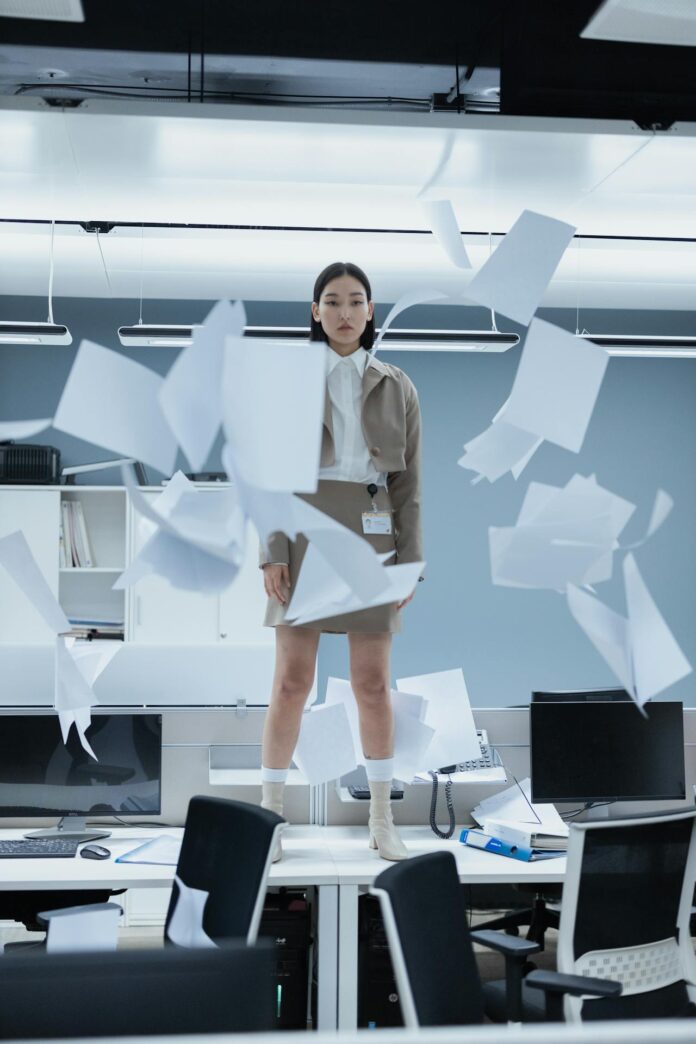Officewear was never about clothes, it was all about projection. Who owns the room, who gets heard and how fabric can be a claim of power. The matching suit, the padded blazer, the perfectly pressed shirt, women today no longer hide behind tailoring, they make it their armor. A much needed permission to stand tall in the corporate world.
View this post on Instagram
What began as borrowed menswear in the 1910s, Marlene Dietrich wore with pride in the 1920s, while in the 1940s it became practical suiting for WWII. In the 1960s Yves Saint Laurent launched the “Le Smoking” jackets which became a statement piece of those years, only to later be replaced by Saint Laurent’s “power suit” in the 1980s. In the 1990s minimalistic Helmut Lang inspired tailoring takes over.
View this post on Instagram
Today, corporate fashion has become a defining trend, in-office and beyond. With such rich archives and well-kept documents from the past, modern workwear leans on decades of style evolution. We see women wearing oversized blazers with shoulder pads so bold they make the 80s look shy, simple streamlined suits that feel like the Helmut Lang tag is still stitched in from the 90s.
View this post on Instagram
But we also see women wearing vivid printed ties with tight corsets and the miniest of mini skirts, big commanding blazers styled as dresses with floor-touching belts, shirts that look like they were borrowed from uncles working in banking only to be paired with cowboy boots and presbyopia glasses with slicked back buns and lip gloss.
View this post on Instagram
Back then, workwear pieces meant conformity, now they signal autonomy. Dressing in those feeds our deeper desire for control and structure. Corporate fashion is no longer uniform, it’s a symbol of confidence, a declaration of presence and a tool for asserting identity in the rooms we enter, boardrooms or not.

